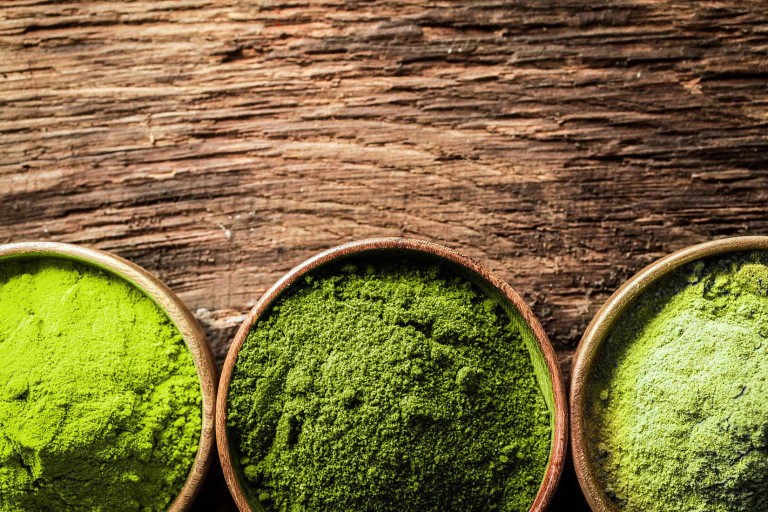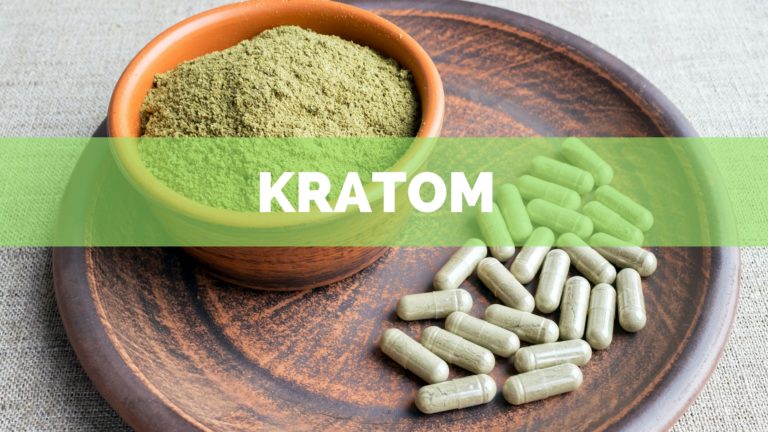Using Phenibut and Kava for Kratom Withdrawal

Obviously, if you take the same strain of Kratom more than twice a week in high doses, it’s likely that you are going to develop Kratom dependence and that would lead to the appearance of withdrawal symptoms if Kratom is not taken.
What are Kratom withdrawal symptoms?
Kratom withdrawal symptoms are quite similar to opiate withdrawal symptoms, but the ones associated with Kratom are mild in nature.
Kratom withdrawal symptoms may not require immediate medication, and the symptoms last for just a couple of days. The symptoms start appearing when you miss a dose of Kratom after taking heavy doses repeatedly for a week or so. These sickening symptoms may last up to as long as 2 weeks, but usually, they subside within 3 to 5 days.
These withdrawal symptoms consist of excessive sweating, mild nausea, yawning, lethargy, aggression, jerky movements of the limbs, sore muscles, pain in joints and bones, restlessness, runny nose, insomnia with night terrors.
What is Phenibut?
Just like Kratom, it acts as an anxiolytic, brings about calmness and well-being. It enhances muscle relaxation. It can readily cross the blood brain barrier due to the phenyl ring present in it.
It mainly acts on the GABA receptors of the brain as an agonist. Due to its nootropic effects, it acts as a sedative. It reduces fear and anxiety levels and also induces euphoria to a considerable extent as it enhances the levels of dopamine in the striatum.
As it plays a similar role to that of Kratom in the body, it is rightly an alternative to Kratom as well as a drug that can help one with Kratom withdrawal symptoms.
What is Kava?
kava kavaPiper Methysticum or Kava Kava is a drug with several alkaloids and kavalactones that produce sedative and hypnotic effects. These alkaloids cause euphoria, relaxation, and calmness.
Kava enhances confidence levels thus increasing social behavior. It also serves as a medication to relieve insomnia and sleep disorders. It acts as a muscle relaxant and assists in reducing mood swings.
How does Phenibut and Kava help in Kratom withdrawal?
Phenibut and Kava both help in the Kratom withdrawal. The primary mechanism is that both these substances act in a similar way to Kratom.
Just like Kratom, both Phenibut and Kava are anxiolytics. They act as analgesics like Kratom. They cause muscle relaxation in a comparable way as that of Kratom. Though they work on different receptors and have different active ingredients yet the outcome is the same.
At higher doses of Kratom, one feels induction of calmness, muscle relaxation, and sedation. Kava also causes sedation so does Phenibut as it has a phenyl ring that can cross the blood-brain barrier.
Kava and Phenibut both reduce stress and helps in achieving a calm and steady state of mind. They increase the focus levels and enhance cognitive performance similar to that of Kratom.
Side effects of Phenibut and Kava
Phenibut and Kava have a severe side effect profile. Kava is a known hepatotoxic substance while Phenibut causes quick built up of tolerance and dependence.
Phenibut is also known to cause loss of libido and erectile dysfunction. Kava, on the other hand, causes discoloration of skin, mucosa, and nails. It also causes allergic skin reactions, scaly rash and respiratory disorders like dyspnea.




